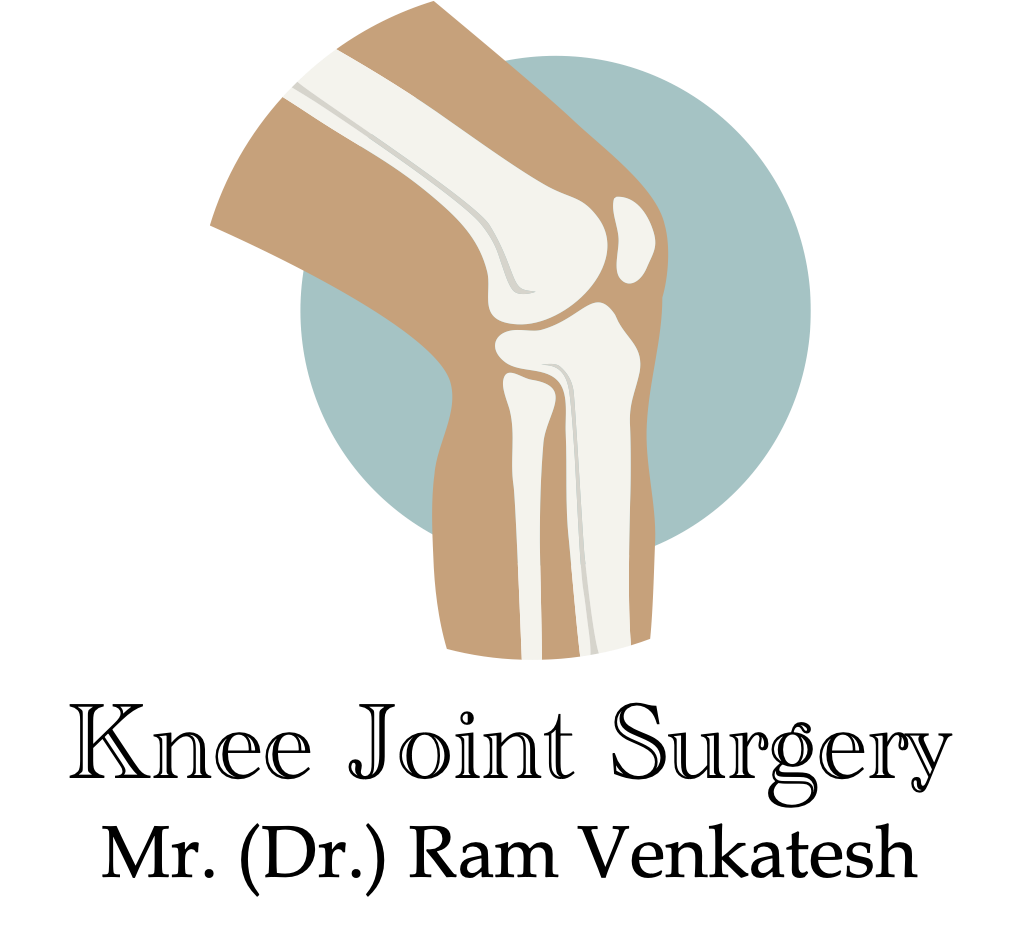Knee Arthoscopy
Indications
Diagnosis and treatment of meniscus and articular cartilage problems
Removal of loose bodies
Washout of septic arthritis
Synovial biopsy
Ligament reconstruction
Diagnosis and investigations
Diagnosis usually clinical
Investigations – Radiographs
– MRI
Preoperative
Consent and place mark on limb to be operated
Safe surgery check list
Anaesthesia
General Anaesthesia or Regional anaesthesia
Examination under Anaesthesia
Important step prior to every arthroscopy
Assess range of movements
Ligament stability- collateral ligaments, Lachman test, Pivot shift
Patella tracking
Set-up
Patient supine
Leg holder or side support to help control joint position
Bottom end of table removed if using leg holder
Soft support underneath opposite thigh to flex the hip
Tourniquet applied high up in the thigh
Standard portals
Anterolateral and Anteromedial
Accessory portals
Superolateral portal as drainage portal
Lateral portal to remove loose body from gutter
Posteromedial portal to visualise back of knee
Accessory anterior portal for bucket handle tears menisci
Diagnostic Arthroscopy
Sequence of examination of joint
Start with camera in anterolateral portal
Visualise patellofemoral joint and then in to medial compartment
Make anteromedial portal
Go back into patella femoral joint and probe via anteromedial portal
Examine suprapatellar pouch and lateral and medial gutters
Medial compartment- meniscus and cartilage
Then examine notch and transfer scope in to the lateral compartment
Assess ACL and PCL
Lateral compartment- meniscus and cartilage
Wound Closure
Steristrips or simple suture
Bulky bandage
Local anaesthetic
Infiltration to joint and/or around portals
Postoperative
Mobilise weight bearing as comfort allows
Remove bulky bandage at 24-48 hours
Simple adhesive dressing
Increase range of movements
Physiotherapy
Possible Complications
Residual pain
Stiffness
Swelling
Bleeding
Painful portals
Infection – rare (<0.1%) Thrombosis – (<0.1%) Nerve injury – 0.01% Complex regional pain syndrome[/su_spoiler]
